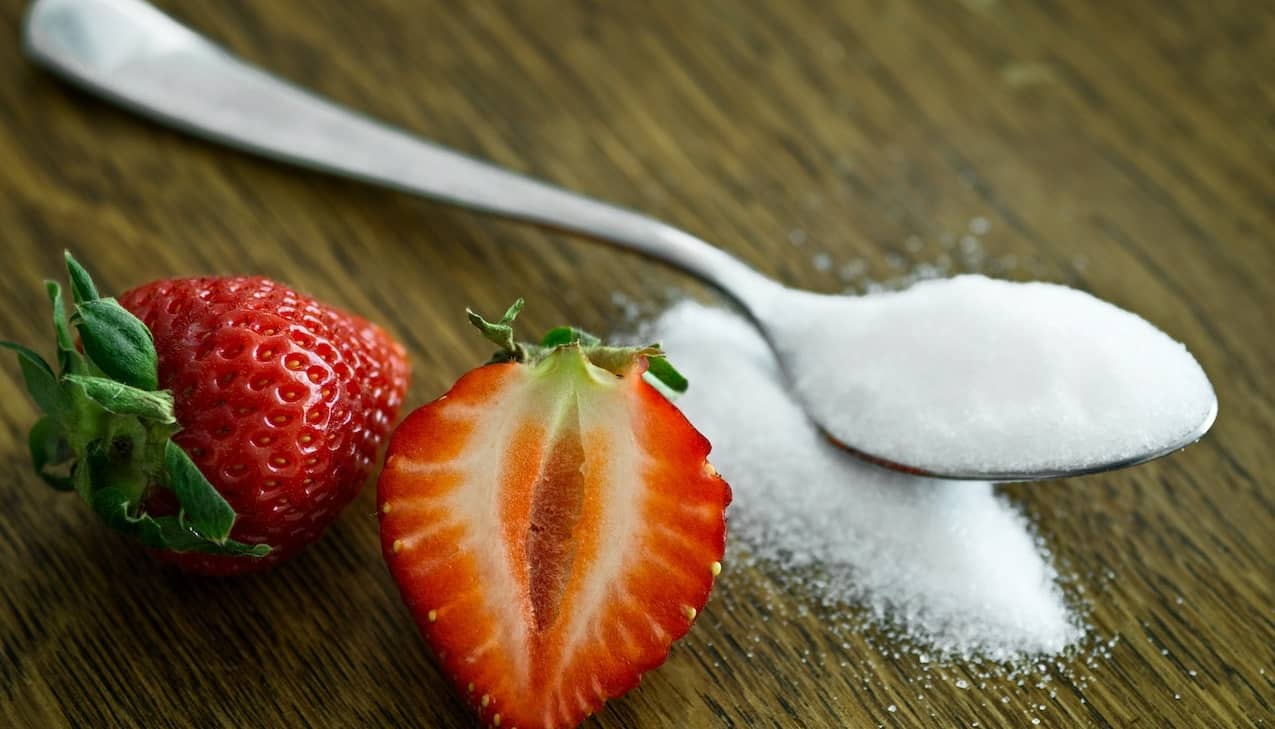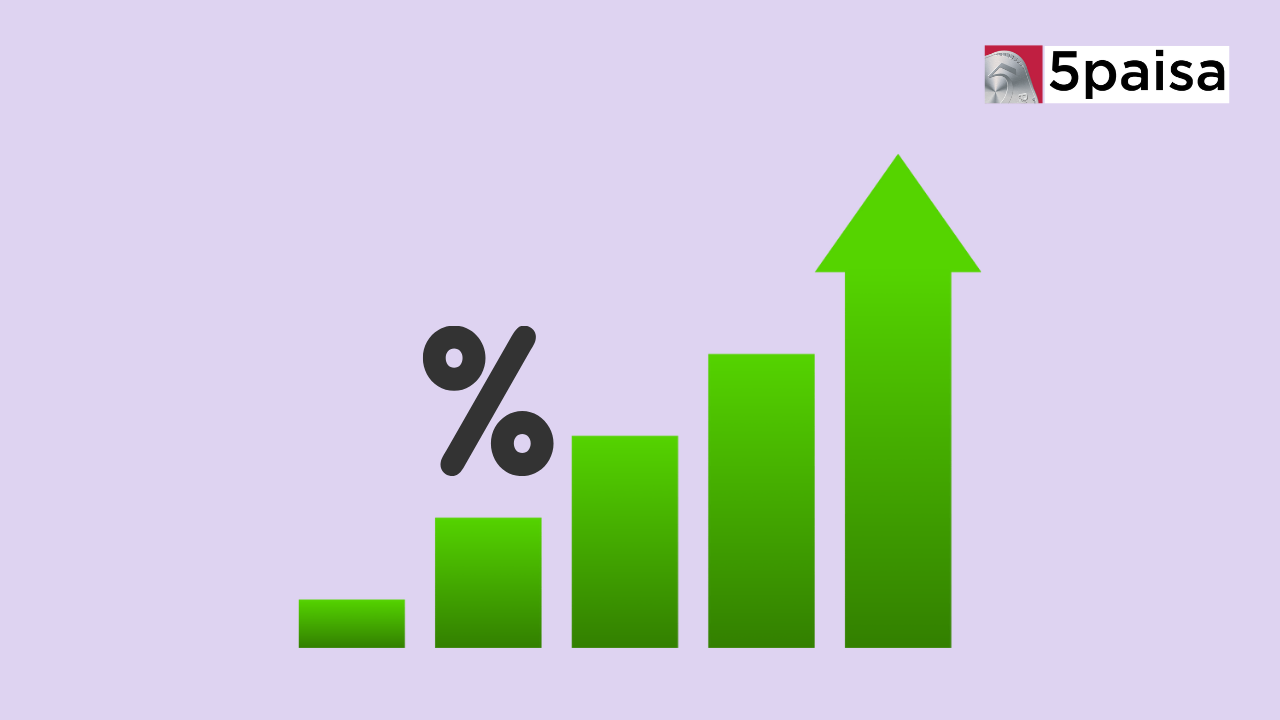Top Growth Stocks Trading at a Discount
Why sugar mills will face profit pressure this year

Last Updated: 9th December 2022 - 12:18 pm
Sugar producers in the country are expected to face pressure on their profitability in the new sugar year that runs from October 1 to September 30 of the following year, due to a combination of factors.
Given that sugar is an essential commodity, it is highly regulated with the government deciding the quantum of exports, as well as monthly sugar quota for domestic sales, besides determining the FRP of sugarcane.
The primary factor affecting margins in the current year is lower exports. A decline in exports in sugar season 2023 (October 1, 2022, to September 30, 2023), along with a 3% increase in the fair and remunerative price (FRP) of sugarcane (effectively for 10% recovery rate), will affect the profitability of sugar mills this fiscal.
As of November 23, 2022, the government had permitted 6 million tonne exports for SS 2023, but this is expected to be increased. Last year also, the government had initially permitted 8-10 million tonnes of sugar to be exported, and later increased it to 11.2 million tonnes.
Sugar exports are likely to decline to around 8-8.5 million tonne this sugar season after hitting a peak of 11.2 million tonne last season, despite production projected to remain stable at 39.5-40 million tonnes, according to rating and research agency CRISIL.
This will be due to two factors: higher diversion of sugar for ethanol blending (around 4.3 million tonnes compared with 3.5 million tonne in SS 2022); and maintaining sufficient carryover stocks of sugar for domestic consumption during the non-crushing season.
This comes after a decline in carryover stocks of sugar to a five-year low at the end of September 30, 2022.
Since sugar exports are more remunerative than domestic sales, operating profitability will shrink 50-100 basis points (bps) on-year to around 13% for integrated players and by as much as 150-200 bps to around 9% for non-integrated ones, which are primarily dependent on sugar sales.
This is because higher ethanol volumes, increase in ethanol realisations by 3-6%, and higher co-generation revenues will help integrated players partly offset the impact of higher cane price and sluggish domestic sugar prices.
It also helps as these players have continued to invest in distillery capacity for ethanol blending to meet the requirement of oil companies, given the ethanol-petrol blending target of 20% by April 2025 (blending level was around 10% in fiscal 2022).
Trending on 5paisa
04
 5paisa Research Team
5paisa Research Team
Discover more of what matters to you.
Indian Stock Market Related Articles
Disclaimer: Investment in securities market are subject to market risks, read all the related documents carefully before investing. For detailed disclaimer please Click here.
 Sachin Gupta
Sachin Gupta Ruchit Jain
Ruchit Jain




